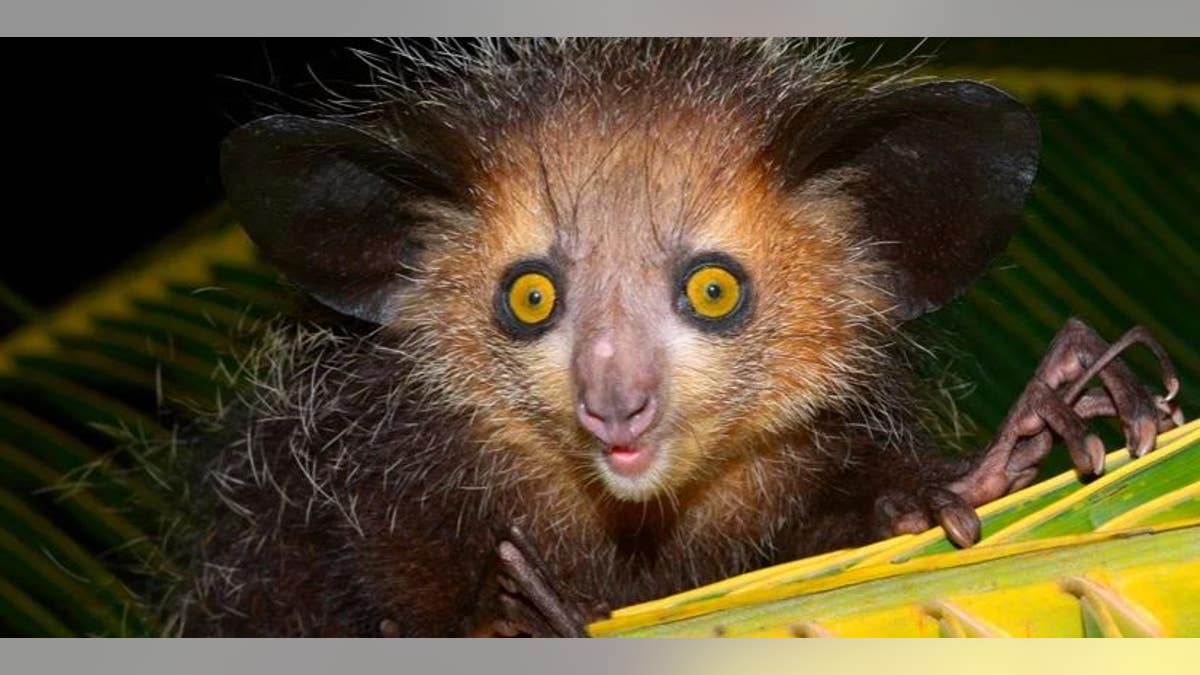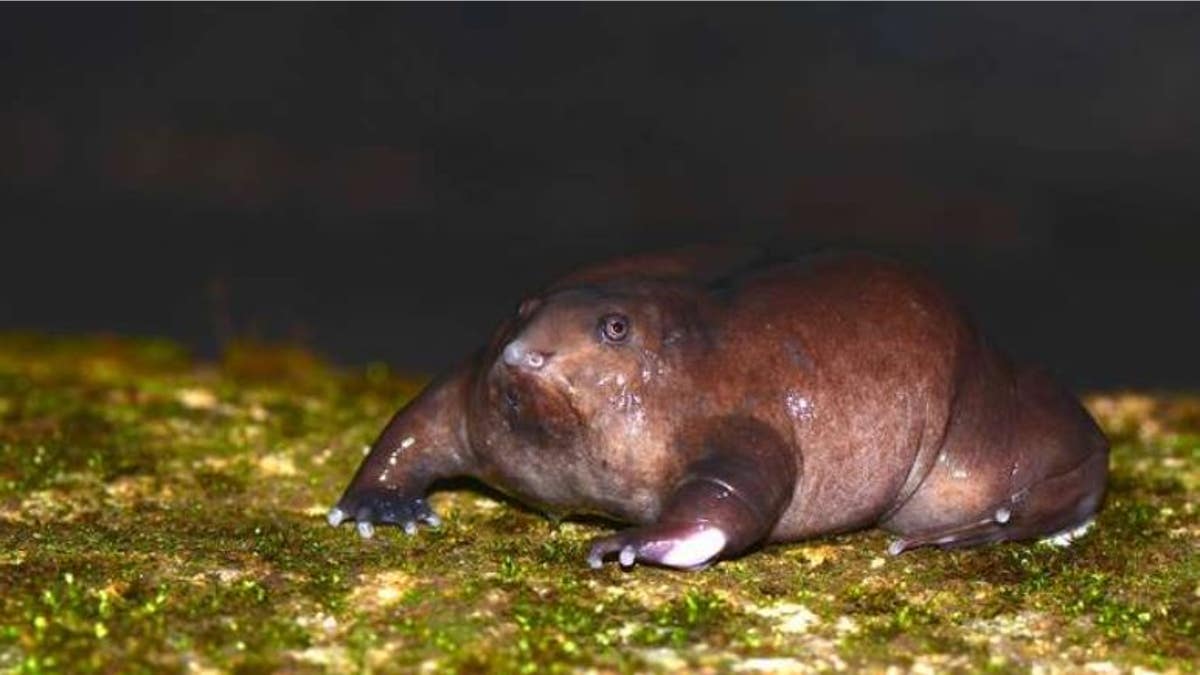Fox News Flash top headlines for May 27
Fox News Flash top headlines are here. Check out what's clicking on Foxnews.com.
Our human footprint--and the changes it has wrought--is threatening some of the most unique species on Earth, a new study reveals.
In research published in the journal Nature on Tuesday, researchers revealed that some of the most strange species on the planet, such as the shoebill, a huge bird that enjoys the wetlands of Africa, and the aye-aye, a lemur with large yellow eyes, are the most threatened by human activity.
“These are some of the most incredible and overlooked animals on Planet Earth,” said phylogeneticist Rikki Gumbs from Imperial College London and The Zoological Society of London in a statement.
Researchers used the so-called Human Footprint index, according to the study, which combines eight different variables to measure direct human impacts on the environment, such as agricultural land, built environments and human population density
TURTLE STRIKES CAR IN GEORGIA, GETS LODGED IN WINDSHIELD

Aye-ayes are one of the species under threat from humanity's actions. (Thorsten Negro/Getty Images) (Thorsten Negro/Getty Images)
“From legless lizards and tiny blind snakes to pink worm-like amphibians called caecilians, we know precious little about these fascinating creatures, many of which may be sliding silently toward extinction," Gumbs said.
The scientists used extinction risk data for about 25,000 different species to calculate the full amount of evolutionary history threatened with extinction -- they discovered at least 50 billion years of heritage is under threat.
The team of researchers also found that largest amounts of diverse evolutionary history are the ones facing the biggest threats from human activity, such as the Caribbean and large parts of Southeast Asia.
RARE WHALE WITH LONG, SPIKY TEETH WASHES UP AT CALIFORNIA BEACH

Human activity is threatening many unique species, such as this purple frog. (Sandeep Das / ZSL) (Sandeep Das / ZSL)
Co-author James Rosindell, from Imperial College London, explained: “Our findings highlight the importance of acting urgently to conserve these extraordinary species and the remaining habitat that they occupy -- in the face of intense human pressures.”





















